SERVICES
Translation for Subtitles
The process of translating subtitles involves more than just converting words from one language to another; it requires careful consideration of timing, space constraints, readability, and cultural nuances. Subtitles must be synchronized with the audio and displayed on-screen clearly and concisely, ensuring that viewers can easily read and comprehend the translated content without detracting from the viewing experience.

Translators tasked with subtitle translation must possess a deep understanding of both the source and target languages, as well as the cultural context of the content being translated. They must also have a keen eye for detail and strong linguistic skills to accurately convey the tone, emotion, and meaning of the original dialogue within the constraints of the subtitle format.
Translation for subtitles plays a crucial role in making audiovisual content accessible to a global audience, allowing viewers to enjoy movies, TV shows, and other multimedia content in their native language. By providing accurate and high-quality subtitle translations, translation professionals and agencies contribute to enhancing the reach, impact, and inclusivity of multimedia content in an increasingly interconnected world.
In an era where content consumption knows no borders, translation for subtitles remains an essential service for ensuring that diverse audiences can enjoy and engage with content from around the globe. Whether it’s bringing foreign films to new markets or making educational videos accessible to non-native speakers, subtitle translation plays a key role in fostering cross-cultural understanding and appreciation.
Frequently Asked Questions:
What Translation for Subtitles means?
Translation for subtitles involves the process of rendering spoken or written content from one language into another and presenting it as text on the screen. Subtitles are a textual representation of the spoken words or dialogue in a video, allowing viewers to read the translation while watching the original content. This method is commonly used to make audio-visual material accessible to audiences who may not understand the original language.
The 4 Key aspects of translation for subtitles:
- Translating the Content: The linguist will translate your script into the target languages. If you don’t have the script written you can also request a transcription service first.
- Text Formatting: Subtitles need to be formatted for readability and synchronization with the video. This includes dividing the text into appropriate lines and ensuring that each subtitle appears on the screen long enough for viewers to read it comfortably.
- Cultural Adaptation: Translators also consider cultural nuances and context, ensuring that the subtitles are not only linguistically accurate but also culturally appropriate for the target audience.
- Synchronization: Subtitles must be synchronized with the timing of the original dialogue. This ensures that the text appears on the screen when the corresponding words are spoken, maintaining a seamless viewing experience.
Translation for subtitles is commonly employed in various contexts, including:
- Film and Television: Subtitling allows international audiences to enjoy movies and TV shows in their native languages.
- Online Videos: Content creators often add subtitles to videos on platforms like YouTube to reach a global audience.
- Educational Materials: Subtitles can be used to provide translations in educational videos, lectures, or e-learning content.



